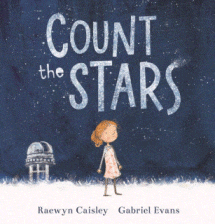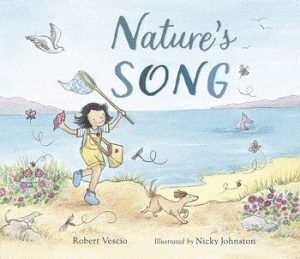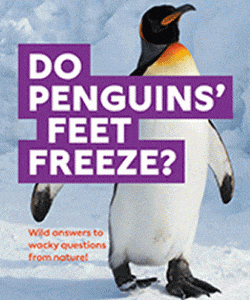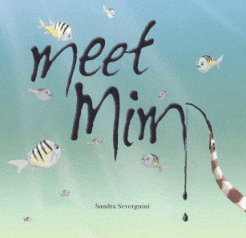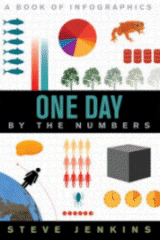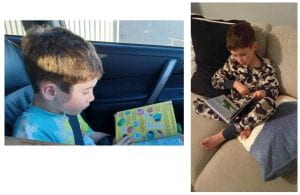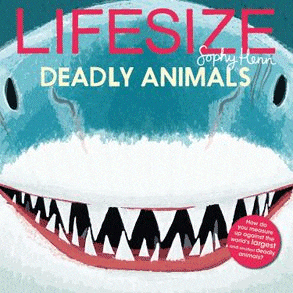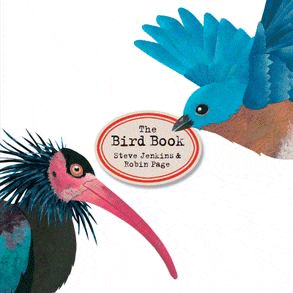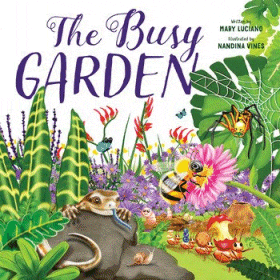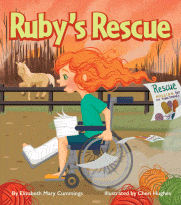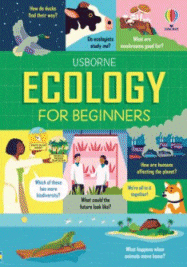
Ecology for Beginners
Ecology for Beginners
Andy Prentice
Lan Cook
Anton Hallman
Usborne, 2023
128pp., hbk., RRP $A19.99
9781474998475
“Ecology is the study of how animals, plants and other living things interact with their environment and with each other”.
In its typical, direct reader-friendly language, this is the definition of a word that is bandied around a lot these days, along with “environment” and “eco-systems” and other scientific terms connected to the protection and preservation of our planet and its species in this new book from Usborne.
Described as “the perfect answer to the question “What is Ecology, and why should I care?”, young readers can explore the basics of Ecology by following a wide variety of real-world examples about how living things cope in all sorts of environments which is essential if they are to understand the current concerns about climate change and the responsibilities they are being asked to shoulder. Not only do they learn how ecosystems work and their interdependence, but also what happens when the systems are damaged or destroyed, even how and if they can be protected or even repaired. Importantly. they learn that there are still many issues that ecologists are trying to find answers to, and while there are loud voices calling for action, the best course of action might not yet be known.
Its graphic-heavy, byte-sized text format, it is ideal for the curious mind that wants to delve into this topic, and for those who want to explore further there are the usual Quicklinks which offer all sorts of practical suggestions for students to explore their own world in greater depth such as building a bee hotel or making a quadrat to record wildlife in their backyard.
